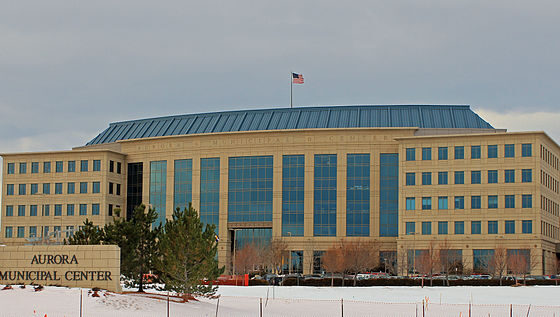On Aug. 30, Colorado Governor John Hickenlooper broke ground on a three-year construction project called the “I-25 Gap Project.” By 2022, this project will make the drive from Denver to Colorado Springs much smoother than current conditions, but, as with any construction project, will increase commute times and congestion while it is underway. The Gap refers to the 18-mile stretch of Interstate 25 between Denver and Colorado Springs—Colorado’s two biggest cities—which currently offers only two lanes in each direction. Aiming to improve travel reliability, safety and mobility, the endeavour will cost the Colorado Department of Transportation (CDOT) 350 million dollars by its completion. According to The Denver Channel, this stretch of I-25 has not been improved since its initial construction in the 1950s.
To enact its goals, the project will add an express, or toll, lane on both sides of the interstate, widen shoulders on the outside and inside of the travel lanes to allow more space for accident removal, add new wildlife crossing, repair or replace bridges and add new overlay to the existing pavement. The express lanes will require either a toll pass or a carpool of three or more passengers, similar to the express lanes further north from Westminster to Downtown Denver. Travelers can expect lane closures, primarily during nights and non-peak hours, slower speed limits and thicker traffic. Despite this, CDOT encourages the continued use of the travel lanes on I-25 in an effort to avoid additional wear on frontage roads.
The Gap Project Brochure details three different “packages” of construction work to give an outline of what the next three years will look like on those 18 miles. The first package is already underway, focused on the north end just south of Castle Rock. This package primarily consists of work on the median, creating permanent dividers and moving the flow of traffic to newly constructed middle lanes so the outside lanes can be repaved. The second package will start in late 2018, focusing on raising I-25 to accommodate for a wildlife crossing. The third and most comprehensive package should begin in early 2019 and consists of replacing bridges and continuing to widen the road.
This project will not cause any detours from I-25, but commuters should plan accordingly for slower traffic speeds. CDOT has a traffic alert system that will send important travel and traffic information, such as accidents or additional lane closures, via email or text message.











